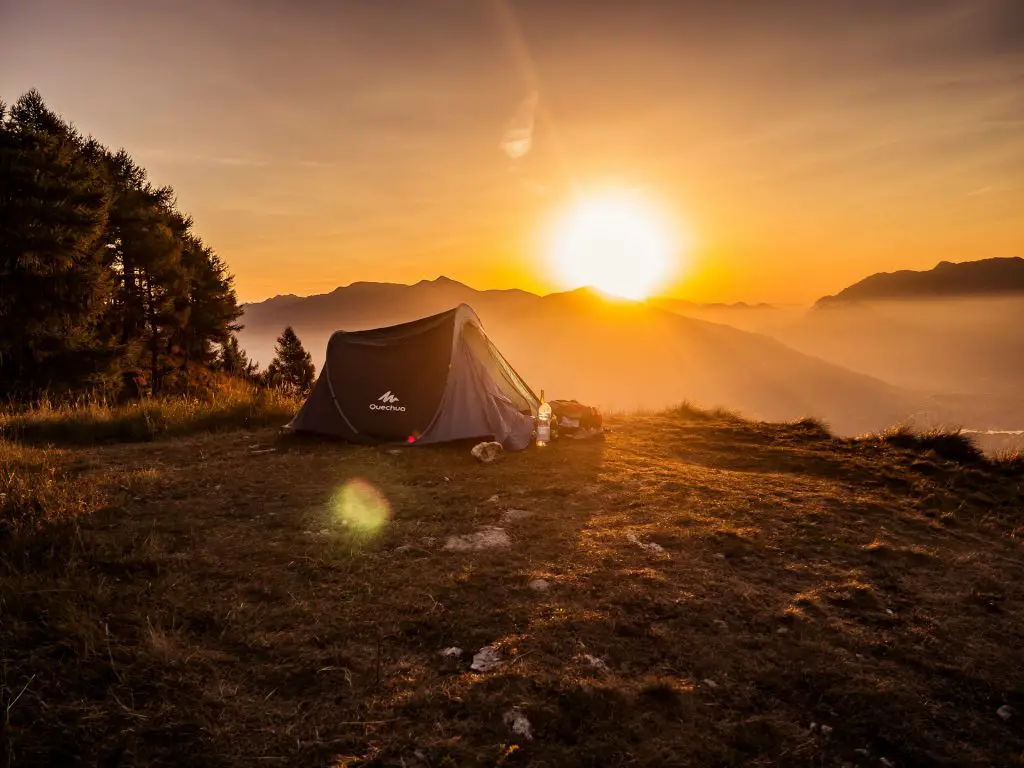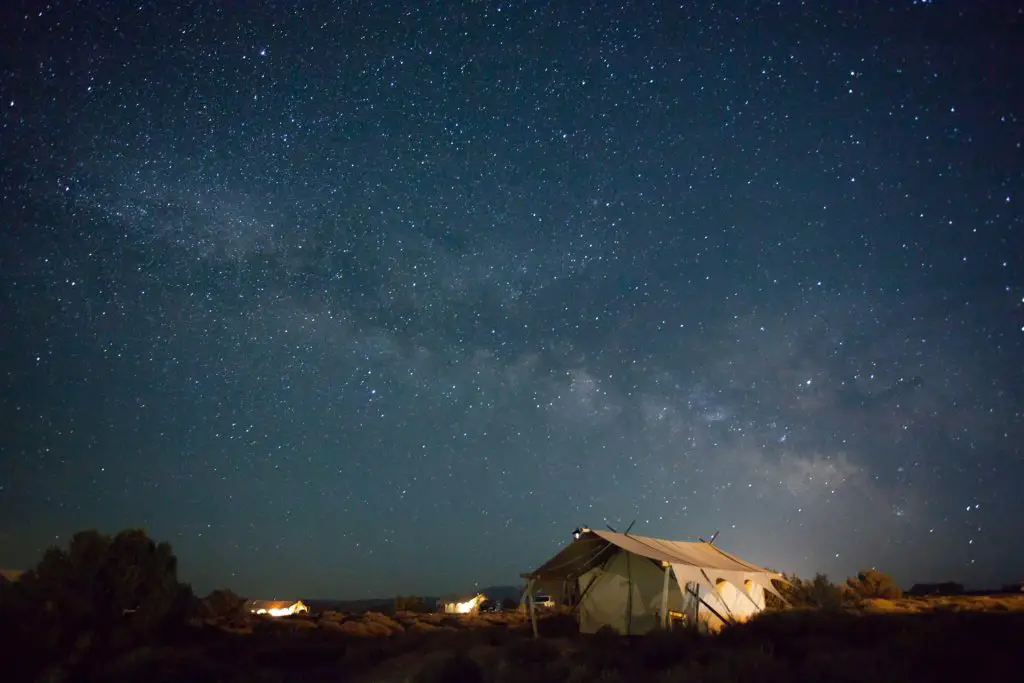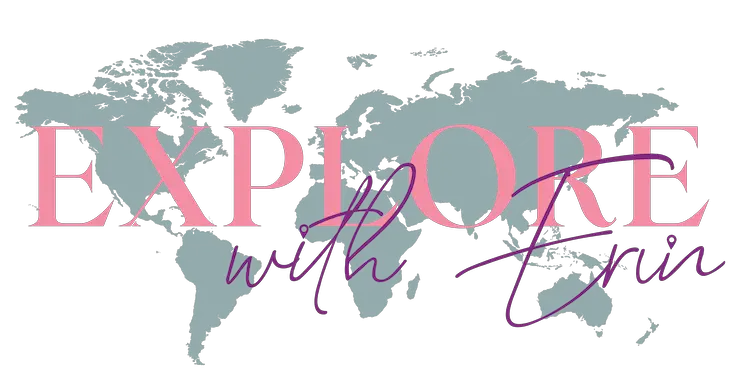Going on a camping trip provides an opportunity to break away from the monotony of everyday life and immerse oneself in nature. This experience represents a unique adventure for students, bloggers and travelers that can be recorded and retold for a wider audience.
Whether you are pitching a tent in a remote forest or by a quiet lake, many scenes should be remembered and shared.
This article guides you in documenting a camping trip, from snapping a perfect sunset picture to recording reflective journal notes. Whether you are an experienced blogger or an ardent traveler, these strategies will help you tell a story of your time in the wild.

1. Pre-Trip Preparation
The best camping dispatches get ahead of the trip before you get on the road. Set your intentions – what do you intend to focus on while camping? Are you heading further than you’ve ever been, are you by the coast, or did you try an RV park in a new, unique vehicle this time?
Whether it’s incredible landscapes, microscopic details of nature, the friendships that form, or something else, it helps to have a clear purpose.
Research your campground in advance: you’ll have more to write about and acquire more exciting stories if you know the history and ecology of where you are going. Tune up all your gear before you go: check your cameras and ensure your batteries are fully charged. Pack extra protection for your electronic gear: wind and waterproof bags for your phone and cameras, extra battery charging pieces, backup batteries, and inverter.
Balancing travels with your academic life can be challenging, especially during a busy semester. It is where ukwritings.com, a high-quality essay writing service, can help. Professional authors can manage your assignments effectively as you are out collecting awe-inspiring material for your blog or travel diary. This way, students can explore nature and maintain excellent academic performance.
2. Capturing the Moment
Once you’re on the trip, you must continue documenting the significant events and the smaller, quieter moments to make for a richer story when you return. When camping, here’s what to consider.
- Make many pictures: Wide-angle, medium shots, and close-ups (of plants, wildlife, and gear).
- Video shoots: Capture dynamic moments such as setting up camp, hiking, or sharing inners around the campfire, which will bring your blog alive.
- Keep a journal: Write down your daily thoughts, observations, and experiences on a notepad to add depth and people’s insights that photos alone cannot convey.
- Record ambient sound: Record the sounds of your surroundings to immerse your listener in nature – you might hear the crackle of the campfire and the movement of the leaves.
When you blend them, you will paint a richer and more evocative camping picture, putting readers inside the place as if they were sitting around the campfire.

3. Sharing Your Story
The next stage comes when you return and must organize and tell your story. After you get home, sort through your photo and video materials, identifying the best material and images that tell your story effectively. Ensure your accounts of difficulties and successes shine through in your blog posts.
Intermingle these bits of narrative with the educational tidbits you picked up about your destination so that you can inform your readers about the area where your story took place. You may wind up with a photo essay laced with facts. For a unique touch, use advanced online tools and make a PFP in minutes to accompany your posts, adding a personal flair.
4. Engaging with Your Audience
The final stage in your blogging camping experience is about interaction and promotion. Share posts on your social media feeds, use hashtags and tag locations, enter competitions, and do whatever it takes to boost your visibility and profile.
Respond to comments and questions from readers, building a community around your blog. It’s also essential to keep it regular, so get the posts out there regularly and keep your followers talking about your next post.

From Campsite to Content
Documenting your trip not only helps you become a more compelling storyteller, but you also jealously guard those captured memories for yourself. You can inspire others to get outdoors, helping spread the message that nature nourishes the human spirit and that camping is fun.
If you’re well-prepared, shoot widely, and engage your followers, you can deliver a text and photographic tour de force that impresses and delights your viewers. There are endless stories to convey, so make sure your bags are packed and headed into outdoor storytelling.
DON'T MISS ANYTHING!
FOMO - do you have it? Well there is no need to Fear On Missing Out here at Explore With Erin. Sign up to receive updates directly to your in box. I won’t spam you, but I do promise a whole lot of awesomeness. What are you waiting for? Join Me!
PS: We hate spam too, read our Privacy Policy here.


